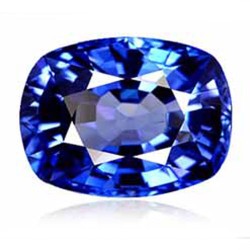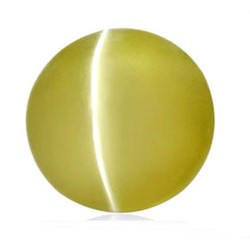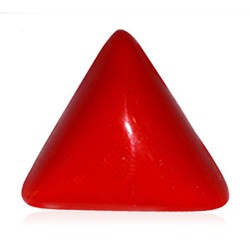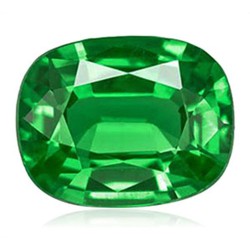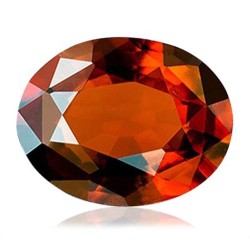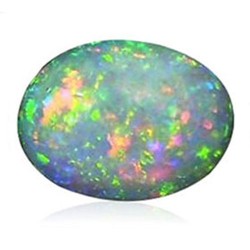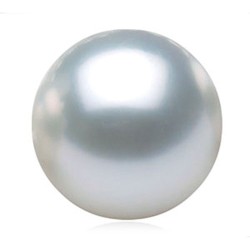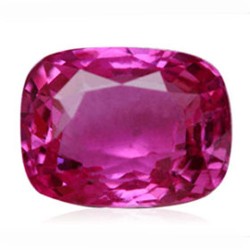
Pearls are unique gemstones that are formed inside the shells of certain mollusks, such as oysters and mussels. They are organic gemstones, meaning that they are produced by living organisms, unlike minerals that make up other gemstones. Pearls are renowned for their lustrous, iridescent beauty and have been treasured as gemstones for centuries.
Pearls are formed when a foreign object, such as a grain of sand or a parasite, enters the soft tissue of a mollusk. The mollusk reacts to the irritant by secreting layers of nacre, a combination of calcium carbonate and conchiolin, which gradually coat the foreign object over time, forming a pearl. The layers of nacre give pearls their characteristic luster and play of colors.
There are several types of pearls, including:
Natural Pearls: These are rare pearls that form in nature without any human intervention. They are highly prized for their uniqueness and can be found in various shapes, sizes, and colors.
Cultured Pearls: These are pearls that are created through a process called pearl cultivation, where a pearl farmer intentionally introduces a foreign object into a mollusk and nurtures the pearl's growth. Most pearls on the market today are cultured pearls.
Saltwater Pearls: These pearls are produced by oysters that live in saltwater environments, such as oceans and seas. Examples of saltwater pearls include Akoya pearls from Japan, Tahitian pearls from French Polynesia, and South Sea pearls from Australia, Indonesia, and the Philippines.
Freshwater Pearls: These pearls are produced by mussels that live in freshwater environments, such as rivers, lakes, and ponds. Freshwater pearls are typically less expensive than saltwater pearls and are known for their wide range of colors and unique shapes.
Pearls are graded based on their quality, which is determined by factors such as size, shape, color, luster, surface quality, and symmetry. High-quality pearls typically have a smooth surface, excellent luster (the way light reflects off the pearl's surface), and a symmetrical shape. Pearls can come in various colors, including white, cream, pink, lavender, black, and more, with overtones of different hues adding to their beauty.
Pearls are commonly used in jewelry, including necklaces, earrings, bracelets, rings, and brooches. They are also used in other decorative items such as accessories, ornaments, and even inlays in furniture. Pearls are often associated with elegance, purity, and sophistication, and are often worn for special occasions like weddings, anniversaries, and formal events.
When buying pearls, it's important to consider factors such as the type of pearl, quality, and size, as well as the reputation of the seller. Pearls can also be imitated or enhanced, so it's essential to ask about any treatments or enhancements that may have been applied to the pearl. Working with reputable jewelers or pearl dealers and requesting appropriate certifications, such as a pearl grading report, can help ensure that you are getting genuine, high-quality pearls. Proper care and maintenance are also important for preserving the beauty and longevity of pearls, as they are organic gemstones and can be sensitive to certain environmental factors.
There are no products to list in this category.


